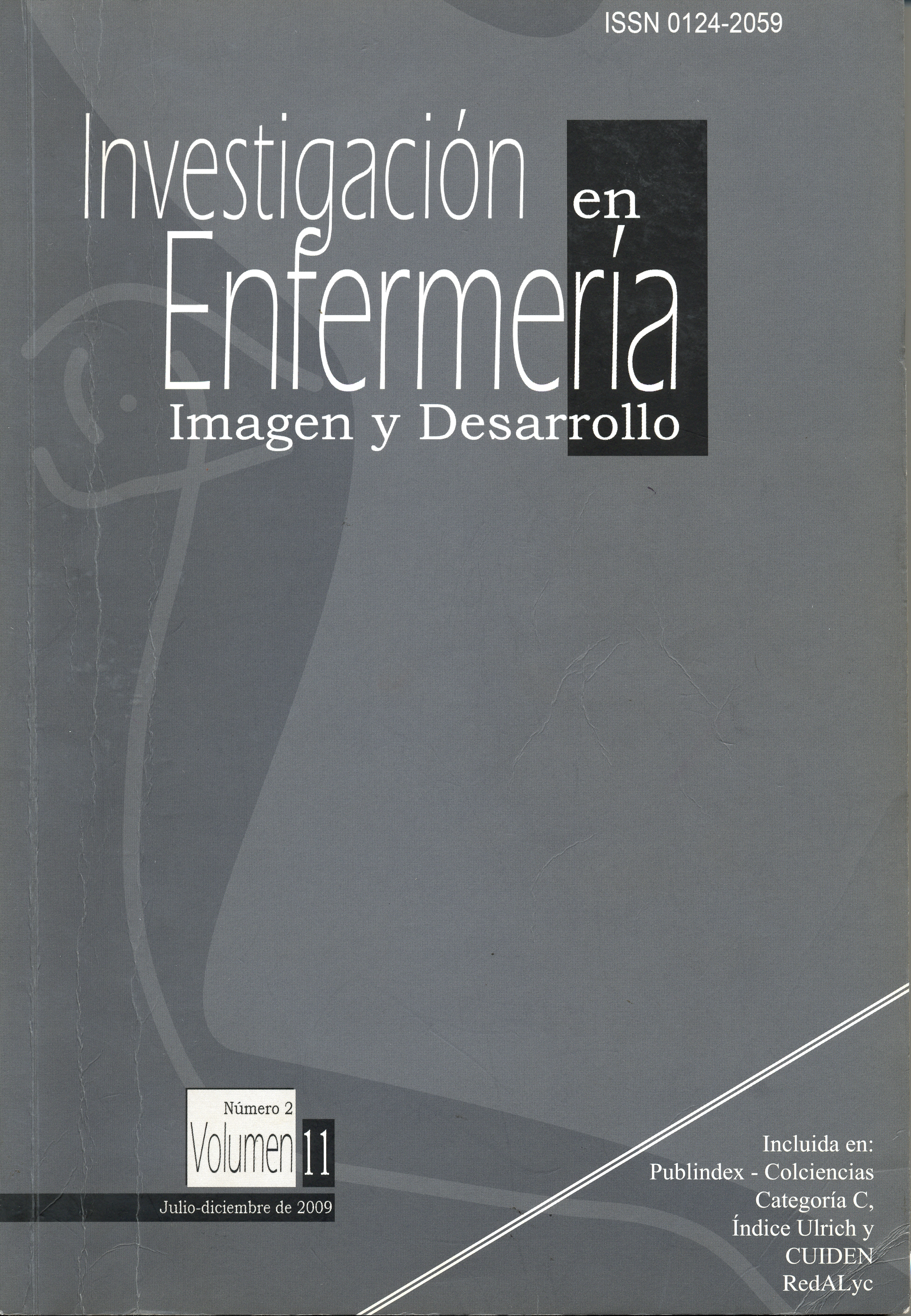Abstract
Introduction: this paper describes the initial construction and validation of an instument used to evaluate the capacity of self-care in patients with hypertension. The instrument is based on Dorothea Orem's Theory of Self-Care and is comprised of 17 items grouped into three dimensions: fundamental capacities; power components; and capacity of self-care management. Methods: the instument was administered to 159 people with hypertension. Construct validity was established using factorial analysis and internal hypertension. Construct validity was established using factorial analysis and internal consistency was determined by the Cronbach alpha statistical test. Results: the instrument showed a Cronbach alpha of 0.75, which is considered appropiate, even though the results of the factor analysis showed that the dimensions proposed by the authors did not meet the factors obtained by the extraction method of principal components. Conclusion: findings show that the instument could be used as a nursing evaluation tool. The instument can help identify the self-care management capacity of patients wit hypertension as well as assist in the creation of individual patient care plans. It is important, however, to continue the validation process since the empirical evidence supports the general assessment of the construct but not the dimensions as proposed in the model by Dorothea Orem.
The journal Investigación en Enfermería: Imagen y Desarrollo is registered under a Creative Commons Attribution 4.0 International Public License. Thus, this work may be reproduced, distributed, and publicly shared in digital format, as long as the names of the authors and Pontificia Universidad Javeriana are acknowledged. Others are allowed to quote, adapt, transform, auto-archive, republish, and create based on this material, for any purpose (even commercial ones), provided the authorship is duly acknowledged, a link to the original work is provided, and it is specified if changes have been made. Pontificia Universidad Javeriana does not hold the rights of published works and the authors are solely responsible for the contents of their works; they keep the moral, intellectual, privacy, and publicity rights.
Approving the intervention of the work (review, copy-editing, translation, layout) and the following outreach, are granted through an use license and not through an assignment of rights. This means the journal and Pontificia Universidad Javeriana cannot be held responsible for any ethical malpractice by the authors. As a consequence of the protection granted by the use license, the journal is not required to publish recantations or modify information already published, unless the errata stems from the editorial management process. Publishing contents in this journal does not generate royalties for contributors.


